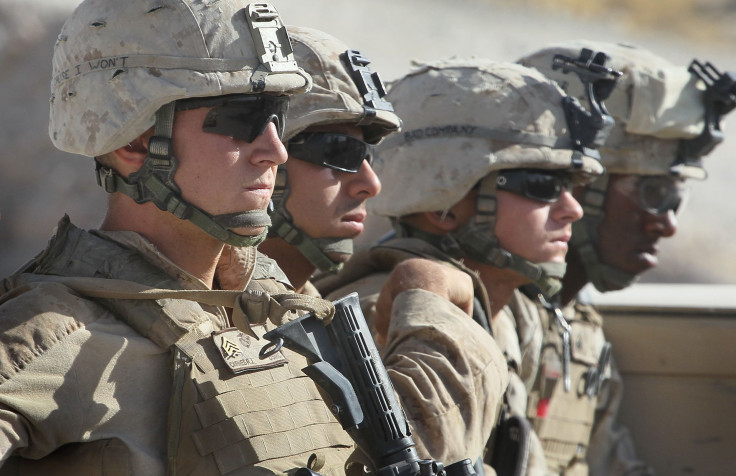US Considering Deployment Of Tanks, Fighting Vehicles, Soldiers To Baltic States As A Message To Moscow, Recent NATO Members

For the first time since the end of the Cold War 25 years ago, the U.S. could start piling up heavy weapons and troops in Baltic and Eastern European states to send a message to Moscow that NATO’s eastern member states are off limits. The umbrella of Western protection against Russian aggression would be extended to seven Baltic states, including Latvia, Estonia and Lithuania, which joined the North Atlantic Treaty Organization in 2004.
“The U.S. military continues to review the best location to store these materials in consultation with our allies,” Pentagon spokesman Col. Steven H. Warren, told the New York Times in a report published Saturday. “At this time, we have made no decision about, if or when to move this equipment.”
The new proposal would add to an already expanding prepositioning of U.S. military equipment that has been going on in recent years. The U.S. and its NATO allies regularly perform military exercises in Eastern Europe as a show of resolve against Russian aggression.
NATO defense ministers could approve the plan at a meeting in Brussels this month, ahead of its next summit in Warsaw July 8-9. NATO Secretary-General Jens Stoltenberg said the meeting "comes at a crucial time for the alliance, as the tectonic plates of Euro-Atlantic security have shifted,” referring to Russia’s incursion into Ukraine.
While the proposed U.S. buildup is small relative to what Russia could quickly deploy in the event of military engagement, it would offer nervous states in the region assurance their Western allies are committed to their sovereignty. The region has been jittery since Russia’s annexation of Crimea in March 2014 and its ongoing support of pro-Russian separatists in Ukraine as well as a recent military buildup in Belarus, situated between Ukraine and Lithuania.
The U.S. equipment and personnel would be deployed to allied bases. U.S. Defense Secretary Ashton B. Carter and the White House would have to approve the measure, and questions remain about how Russia would respond. Moscow views NATO as an aggressive, expansionary presence in the region, and in the past has said putting NATO missile defense systems at its border would spark an new arms race.
© Copyright IBTimes 2024. All rights reserved.






















